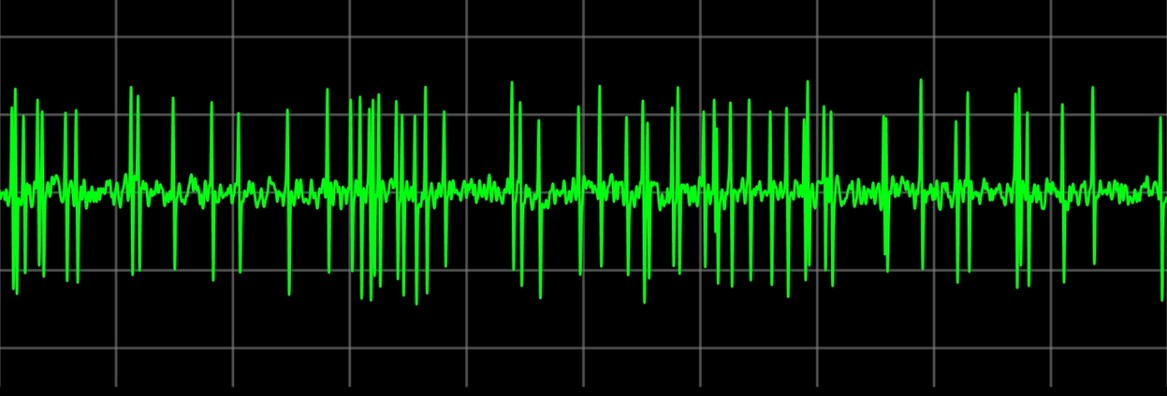Physiology virtual experiments
By Maria del Mar Quiroga in Virtual experiments Physiology Neuroscience Education Simulations
March 31, 2018

After finishing my PhD, I moved to Australia and worked in the department of Physiology at Monash University. My role was to co-develop virtual experiments with faculty members for teaching undergraduate physiology subjects. I collaborated with faculty to design these online activities. The faculty members would normally provide the written content and expected results, and I implemented the activities using HTML, CSS, and Javascript (jquery, D3.js, etc.). The objective of these virtual experiments, or simulations, was to:
-
familiarize students with the specifics of the experimental setup and data collection that they simulate
-
allow students to perform experiments that are impossible in a traditional classroom, such as the effects of aging or disease, or the effects of expensive or controlled substances
-
reduce the number of animals used in practical classes
-
bridge gaps in knowledge necessary to carry out the wet lab class
These experiments are openly available to educators around the world to use in their teaching, below is a description of the main experiments I programmed.
Action potentials: Uses a mathematical model of a spiking neuron to explore several aspects of action potentials. Developed by myself, under the supervision of Prof. Ramesh Rajan.
Auditory spatial tuning: Simulates an electrophysiological recording from a spatially tuned neuron in auditory cortex. Developed in collaboration with Prof. Ramesh Rajan.
Cardiovascular experiments: Simulates the measurement of mean arterial pressure, heart rate, cardiac output, stroke volume and total peripheral resistance while performing three different interventions: postural change, cold pressor, and mental stress tests. Developed in collaboration with Prof. Katherine Denton and Dr. Joanne Caldwell Odgers.
Gastrointestinal smooth muscle: Simulates measuring the amplitude of the contractions in a short section of rabbit ileum together with its extrinsic nerve supply; by stimulating the peripheral nerves as well as applying noradrenaline and acetylcholine to the bath, with or without phentolamine and atropine present in the bath. Developed in collaboration with Assoc. Prof. Julia Choate.
Male reproduction: Investigates the effects of various treatments on male reproductive function. Developed in collaboration with Assoc. Prof. Renea Taylor.
Obesity: Investigates metabolic function in control and obese mice. Developed in collaboration with Dr. Belinda Henry.
Tactile sense: Simulates an electrophysiological recording of neural activity from Aβ nerve fibers with skin receptors on the hand. Developed in collaboration with Prof. Ramesh Rajan.
Visual neuroscience: Simulates an electrophysiological recording of a typical neuron in MT, and explores how the response depends on motion direction, contrast, and some other unrevealed factors. Developed in collaboration with Assoc. Prof. Nic Price. This experiment is licensed Creative Commons, source code can be found here.
- Posted on:
- March 31, 2018
- Length:
- 2 minute read, 424 words
- Categories:
- Virtual experiments Physiology Neuroscience Education Simulations
- Tags:
- hugo-site